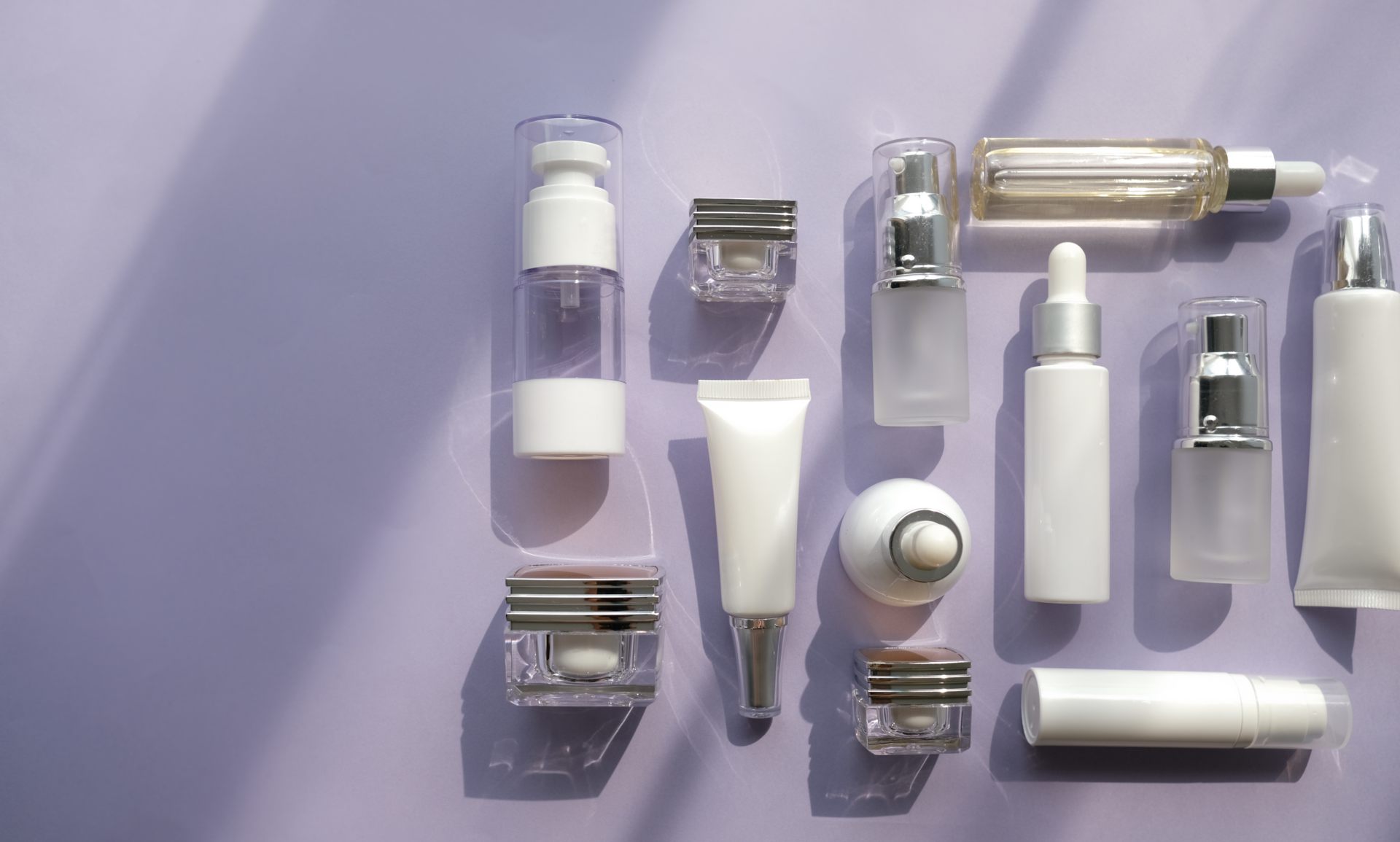After a 10-year absence, the store opening of Sephora this September in the International Finance Centre (IFC) located in Central Hong Kong caused quite a commotion amongst all skincare, beauty and cosmetics fanatics. Although already successful for a number of years in mainland China and in Singapore, the French distributor had to rethink its strategy in the city due to some market specifics that they had failed to take into account when they first launched in Mong Kok, Kowloon in 2008.
The beauty industry in Hong Kong (which encompasses cosmetics, skincare and dermatology) reached 39.9 billion HKD in total retail sales value in 2018 and is predicted to grow to 56.3 billion HKD by 2023 (Source: HKExnews; Frost & Sullivan). The biggest spenders in the skincare category are women aged 35-44 (spending around 5,000HKD/year) followed by the 25-34 segment (around 4,700 HKD/year). Skincare penetration in Hong Kong is higher (93%) than that of cosmetics (81%) (Source: Nielsen, 2017).
Hong Kong SAR is a market that needs to be approached differently than that of mainland China when it comes to sales and marketing strategies in the skincare category.
This is in part due Hong Kong’s unique status characterized by but not limited to:
- Financial APAC Hub
- Large expatriate community
- High population density
- Usage of Western and Chinese social networks
- Small living spaces
- Multi-lingual environment
Essentially, three key factors need to be kept in mind for brands seeking to enter this market: (1) foreign skincare brands are users’ favourites, (2) the dominance of offline shopping, and (3) the path to brand discovery is paved by trust.
(1) The reign of foreign skincare brands
To be fair, the region itself has a small share of “made in Hong Kong” beauty brands. Brands such as organic JaneClare blend messages about traditional Chinese values (tea leaves, history about emperors, brand messages based on alphabetical symbolism) and of Western backed science for its product line (Canadian and American experts in pharmaceuticals), promoting star products that mainly revolve around anti-aging. A more modern take on skincare made in Hong Kong is The Preface which offers online and offline points of sales and emphasize sustainability, local employment, quality raw materials, and targeting specific skin problems (acne, eczema) as selling points.
This being said, skincare in Hong Kong is overwhelmingly dominated by foreign brands and not just the run of-the-mill kind. For both men and women, Japan, followed by Korea and Europe, are the top three places from which they buy skincare products (Source: Rakuten Insight, 2019). The reasons for the ongoing success of J-Beauty and K-Beauty (made in Japan; made in Korea) in Hong Kong is easily understandable. The products of pioneering brands such as Japanese names SK-II and Shiseido and of Korean InnisFree are known for being high quality with proven formulations reflecting the Asian ideals of a white, flawless, unified skin. European brands (essentially French and UK brands such as Bioderma for example) benefit from historical and scientific status and appeal to the ever-present cultural ideal of the refined Western woman. Hence, there is space for less known foreign or niche brands (such as the Spanish brand Bimaio) to enter the market, as long as their penetration strategy is honed.
(2) E-commerce what?
Hong Kong is one of the most densely populated cities in the world. Even middle class citizens still live in small living spaces and most live in an average space of 160 square foot (15m2). Because of its density and its connected transportation hub, people spend the majority of their time outside their homes, whether it be for work or leisure purposes. Thus, e-commerce in Hong Kong has not become a craze yet, although trends in consumption of goods online have been increasing. In 2018 e-commerce accounted for around 5% of overall retail sales (versus 20% in the United Kingdom). Aside from expensive living quarters, several other reasons contribute to this relatively small percentage of online sales (Source: KPMG, 2017):
- Not trusting the quality of the product (37%)
- Travel distance to the shop is very short (36%)
- Not wanting to pay for shipping costs (36%)
Despite these concerns, e-commerce in Hong Kong is set to steadily increase its share of total retail sales, and predictions are that they will double from 2016 to 2021. Skincare brands that are able to combine omnichannel strategies with seamless online and offline services will be ahead of the market. Since shopping for skincare online is not a given, the experience needs to be made as easy and as immersive as possible. Digital flagships should be adapted to mobile formats (m-commerce) and third-party e-commerce platforms chosen for their integrated omnichannel services.
Drugstores Manning’s and Watson’s have been at the forefront of online shopping for skincare. Both offer a large panel of choice in foreign skincare products with bundle offers, availability by order or in store, order online & collect in store, home deliveries, next day delivery, returns, payment by card or digital wallets (such as the popular Alipay HK). Shopping in physical stores remains the norm for consumers. Beauty specialist retailers make up the largest sales portion of beauty products in the city and in the APAC region. The biggest players are SaSa, Colourmix and Bonjour, with an aggressive canvassing strategy that each have around 200 points of sales all around Hong Kong.
(3) The path to brand discovery and loyalty is paved by trust
Social listening tools reveal that elements relative to the environment of Hong Kong, namely pollution, humidity, heat and stress, drive the search for certain skincare products and ingredients (SPF protection, anti-oxidants, Vitamin C, and Aloe Vera).
Consumers are more than ever concerned by the product authenticity and quality. Companies not abiding by these rules pay a high price. Beauty retailer Colourmix was heavily fined in 2017 when it was found that 8 of its stores had been selling counterfeit Bioderma make-up removers.
Following this incident, the French pharmaceutical brands put in place a QR code to reassure customers on the provenance of its bottles. This trend of verification by WeChat QR codes, scannable by customers to verify provenance, ingredient list and how to use, is on the rise.
Brand discovery and loyalty is acquired through experimentation. Free make-up consultations with an “expert”, pop-ups with limited special offers or special first-time discounts are essential to attract the attention and curiosity of new customers. On the other hand, word of mouth from satisfied users, the value of “educating” customers on the importance of skincare routine (with blogs and trained staff on the floor) and scientifically backed claims on results are the elements that will drive repeat purchases and loyalty to the brand.
There are plenty of opportunities for skincare brands to enter the Hong Kong market if they abide by those 3 principles. Find out how we can help assess your brand’s capabilities to penetrate the Hong Kong and China market by getting in touch with us.











